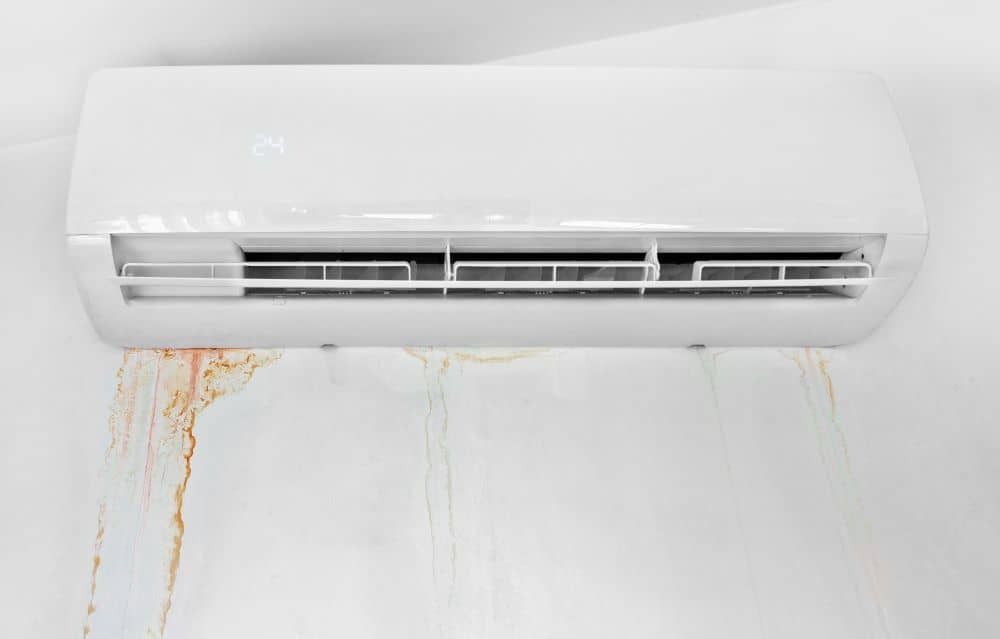Water leaks from heating and cooling equipment pose serious problems for homeowners, from causing mold and rot to damaging electrical components. Luckily, following these three steps can help you quickly identify and resolve an HVAC water leak before significant damage occurs.
To begin, Locate the Source of the Leakage
The first step in addressing an HVAC water leak is determining where exactly the water is coming from within the system. Check areas like air handler units, condensing coils, supply plenums and drain pans for obvious signs of moisture or staining. Use a flashlight in dark spaces to better inspect condensation drain hoses and pipes.Use a mirror on an extendable pole if needed to examine difficult-to-reach spots. Narrowing down the precise source of the leak allows you to pinpoint the root cause and best corrective action.
Next, Identify the Cause of the Problem
Once you find the part leaking water, consider what may be causing the issue. Common culprits include defective seals, failed drain lines, faulty condensation drain pumps and corrosion of copper or galvanized pipes over time.During warm weather, check that condensing coils are not partially blocked with debris preventing proper drainage. Also inspect drain pans for cracks or mineral buildup inhibiting flow. Identifying why the leak is happening helps determine the right repair strategy moving forward.
Furthermore, Perform the Necessary Repairs
Depending on the cause, resolving an HVAC water leak may require simple remedies or more extensive repairs.For faulty seals or gaskets, replacement parts from a home improvement store typically provide a quick fix. Meanwhile, completely clogged drain lines may necessitate snaking drains or replacing entire drain lines.Pinhole or ruptured drain pipes often necessitate completely replacing the damaged section. In severe cases where a component has corroded beyond repair, replacement by a professional may prove necessary. Taking decisive action to resolve the underlying cause ensures you eliminate – not just reduce – the water leak moving forward.
In summary, precisely locating the source of the issue,identifying potential root causes and then executing the proper repairs represent the crucial steps to successfully resolving an unwanted HVAC water leak.Though many fixes involve fairly basic DIY solutions, leaks that persist or surround more complex systems may require the expertise of a professional HVAC technician. Either way, catching a leak early allows you to make minor repairs before significant property damage or unhealthy mold buildup occurs. By methodically working through each step, you can quickly get your HVAC system functioning properly and leak-free once again.

